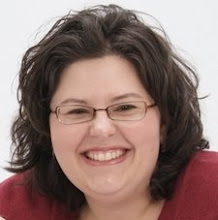When playing in outdoor puddles and wading pools are not an option, get brave and try them indoors. No fancy sand and water table required. Spread out the thick towels, fill a big plastic tub with water, and toss in some kitchen utensils. Just expect a mess…and a TON of learning fun!


Explore science and math principles (motion, measurement, capacity). Get curious--check out some simple tools around the house to see how they work. Practice motor skills such as grabbing, dunking, lifting, pouring.

SPLASH!


Blow bubbles! Squirt in lots of dish soap. Teach a kid that straws aren’t just for drinking. Use canning jar rings to blow BIG bubbles.

Just a warning that toddlers don’t know to take a break and breathe in oxygen once in a while. My daughter got dizzy!






